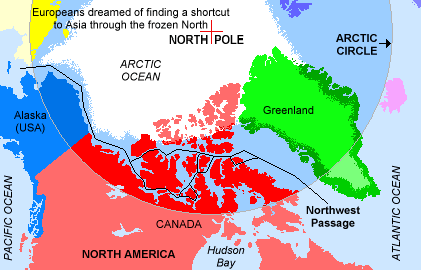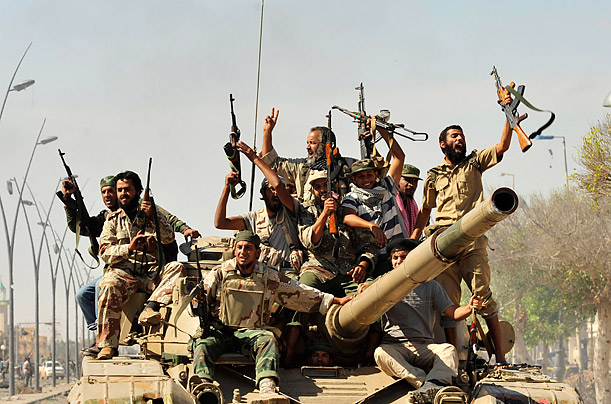Opinion: “Why Every American Should Vote for Bernie Sanders”
September 4th, 2015 by Eric Zuesse
Eric Zuesse, commenting about Thad Beversdorf’s article about Sanders’s record
On August 19th, the brilliant Thad Beversdorf opened by posting a five-minute-long 2003 video of Vermont’s then-congressman Bernie Sanders, who was interrogating the deified Federal Reserve Chairman Alan Greenspan, and ripping to shreds Greenspan’s record — and Sanders pointed out Greenspan’s falsely opening his response by Greenspan’s saying then, “Congressman, we have the highest standard of living in the world.” Bernie immediately shot back against that, “No, we don’t,” and he promptly cited several nations whose standard of living is, in fact, higher than ours. And that’s just for starters.
Beversdorf followed this video by his own documentation, which showed that everything which was being cited by Sanders in this exchange with Greenspan was true, including what Sanders was predicting would become the increasing problems for the U.S. economy up until the present time, now under both a Republicanand a Democratic President.
Beversdorf then pointedly observed, “essentially every accusation Sanders lays on Greenspan could be repeated today to our subsequent central banking gods.”
However, Sanders there is implicitly ripping to shreds not only Greenspan, and the current Fed chief Janet Yellen, but the two Presidents who appointed them both. Sanders was doing this back in 2003, partly as a historian about the past, and partly as a prophet about the future — the present that we’re experiencing today. It’s today’s news, but described twelve years ago by Sanders.
This is the type of person America needs in the Oval Office: someone who not only recognizes what the nation’s real problems are in the present, but whose diagnosis of where the current policies are taking this country has already been confirmed by the subsequent 12 years of American history following the prediction. Unlike other politicians who are basically poll-driven blather, Sanders is a proven progressive leader, somebody with both insight and guts, which is exactly what this nation needs.
After watching that brief video, all the ‘progressives’ who complain that Sanders isn’t 100% in accord with the views that those particular individuals hold, and who say that this supposed progressive imperfection of Sanders is reason they won’t vote for him, will just be displaying their arrogance, because they think they’re so ‘progressive,’ and so correct in everything they believe, so that only someone who is 100% in agreement withthem is ‘adequate’ to vote for. Let such perfectionist ‘progressives,’ then, go off to some dictatorship, where a ‘progressive’ fool who suits them because he or she is 100% in agreement with them, is trying to ram down everyone else’s throats their particular ideas and policies and calling this ‘democracy’ instead of dictatorship — which it would be. Nobody has an overall record of actions, not mere words, that’s better than Sanders’s. He is so real, in both words and deeds, that he has always said what he believes, and believed what he said, and done what he promised — even up till today. It’s an authentically remarkable political record.
I say this though I’ve often disagreed with Sanders’s deference to many of President Obama’s international policies that I consider to be atrocious. But I also understand the political reasons why it might be an unconstructive waste for Sanders to take issue with those policies until he is inside the White House and in a very different position, where he can change Washington, and not merely complain about it (which isn’t his objective; he has never pandered). On all matters where Sanders has supported Obama’s wrong foreign policies, almost 100% of Congress also did. Sanders would have achieved nothing by either speechifying or voting against it. He did vote against our invading Iraq. Hillary Clinton voted for that catastrophic invasion. But that’s the smallest of the differences between his record and Hillary’s. (After all, Obama in 2002 spoke out against invading Iraq, but as President, he has actually invaded, and perpetrated coups and attempted coups, in perhaps more countries than any other President. Hillary participated eagerly in this.)
Sanders isn’t merely a bit better than any Democratic Presidential candidate in a very long time; he’s enormously better, and it’s shown in his record in public office, not by mere words. But it has also been shown in words.
Sanders has always said: after the 2008 crash, all the bailouts should go, and should have gone, to Main Street (consumers and workers), not to Wall Street. Beversdorf, in his explanation of America’s continuing economic malaise up to the present time, noted especially the soaring consumer debt that has accompanied the soaring stock market, which are the two opposite sides of the Obama-Bernanke-Yellen continuation of the Bush-Greenspan-Bernanke policies of trickle-down instead of percolate-up economics. Beversdorf said: “The above chart depicts that every worker in America today has increased their consumer debt levels by about 40% since the ‘end’ of the credit crisis [in 2009]. Think about that for a moment.” The more that the rich have become rich, the more that everyone else has gone into debt to the rich. The Fed’s low-interest-rate policies haven’t reduced interest-rates for consumers, but have instead boosted corporate profits and the stock market, and CEO pay. (The entire theory behind it is trickle-down.)
Meanwhile, wages have declined. Where will the money come from to pay those soaring consumer debts? Beversdorf concludes: “There is no other end than a bad one and I’m sorry my friends but that is a (simple) mathematical certainty.” Bernie was predicting all of this back in 2003. Furthermore, even Warren Buffett, long in contention for being the world’s wealthiest person, admitted on 26 November 2006, “There’s class warfare, all right, but it’s my class, the rich class, that’s making war, and we’re winning.” With a little help from their friends. And, even some insiders have admitted that the people at the top are gangsters. Books have even been written about it. And yet it’s the people at the top who received the bailouts. The result has been a $7 trillion increase in the U.S. federal debt since 2009. So: not only consumers’ debts have soared, but so has the debt that future Americans will be paying in their taxes — all going to today’s mega-gang.
As Jeffrey Sachs said (12:30 on the video):
“I meet a lot of these people on Wall Street on a regular basis right now. I’m going to put it very bluntly. I regard the moral environment as pathological. And I’m talking about the human interactions that I have. I’ve not seen anything like this, not felt it so palpably. These people are out to make billions of dollars and nothing should stop them from that. They have no responsibility to pay taxes. They have no responsibility to their clients. They have no responsibility to people, counterparties in transactions. They are tough, greedy, aggressive, and feel absolutely out of control, you know, in a quite literal sense. And they have gamed the system to a remarkable extent, and they have a docile president, a docile White House, and a docile regulatory system that absolutely can’t find its voice. It’s terrified of these companies.”
And that’s why people like Greenspan and Yellen are at the Fed. After all, gangsters were even able to hire a hit-team with impunity to murder a retired CIA chief. If Sanders will get the bodyguards he needs, who will pay them? He’s an incredibly courageous person, and needs the public’s support — our votes, if not also donations of time and/or money.
At least (as shown in that video which Beversdorf presented) Greenspan later acknowledged that the views that he had championed while he was the Fed chief were wrong. But will those of today’s ‘progressive’ voters that are rejecting Sanders, come to recognize they too were wrong? Or, are their views even more set in cement than Greenspan’s libertarian views were? Sanders needs all of them to join his battle, because Wall Street, Big Oil, Big Ag, etc., will be supporting the other candidates. Sanders is not for sale; he’s for serious. We, the people, will be make-or-break for him, because he has always been, and is, make-or-break for us, in this extremely corrupt country.
Here is that superb and thought-provoking article from Beversdorf:
http://www.firstrebuttal.com/an-almost-perfect-predictor-of-gdp-growth-and-bernie-lays-the-boots/
If you’re going to leave a reader-comment that objects to something said here, please click on the links first. Too many people don’t do that, and so leave objections that were already answered. The links are the documentation, which is intended to respond to any possible objections. If you haven’t read the links, please don’t waste the time of the readers of comments here.
Investigative historian Eric Zuesse is the author, most recently, of They’re Not Even Close: The Democratic vs. Republican Economic Records, 1910-2010, and of CHRIST’S VENTRILOQUISTS: The Event that Created Christianity.


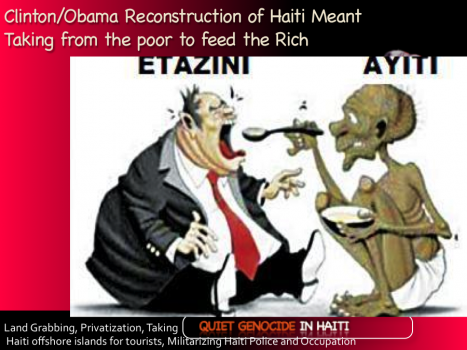
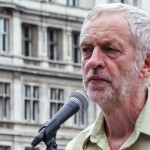




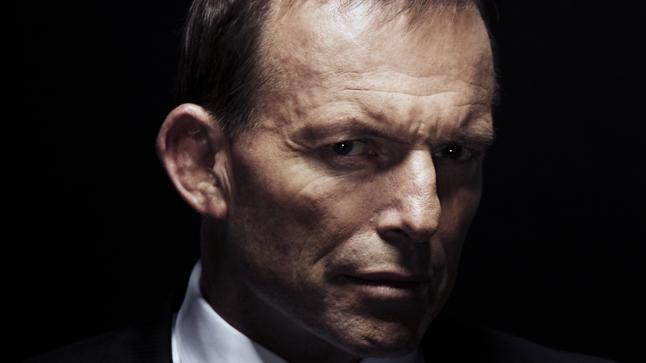
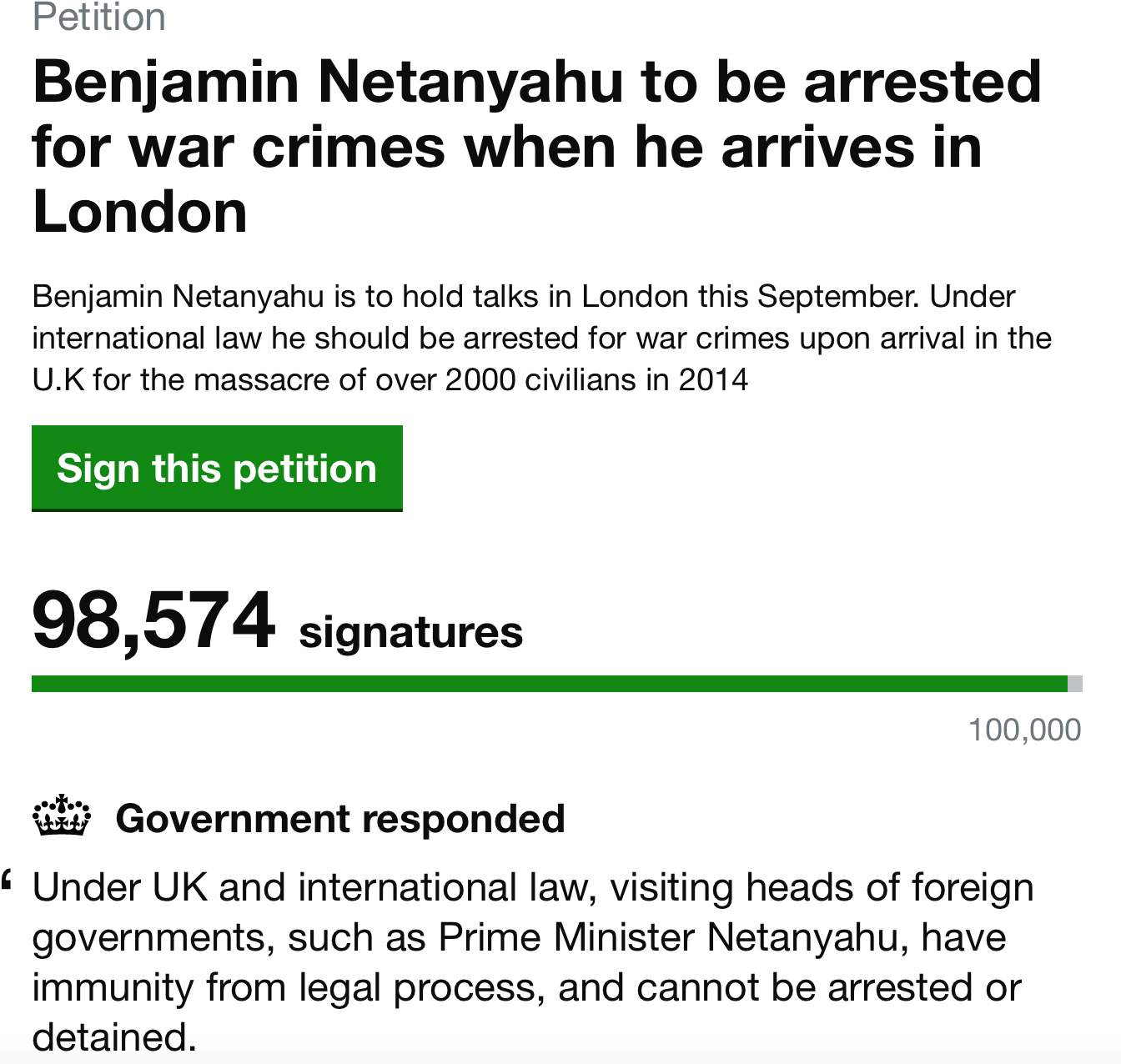
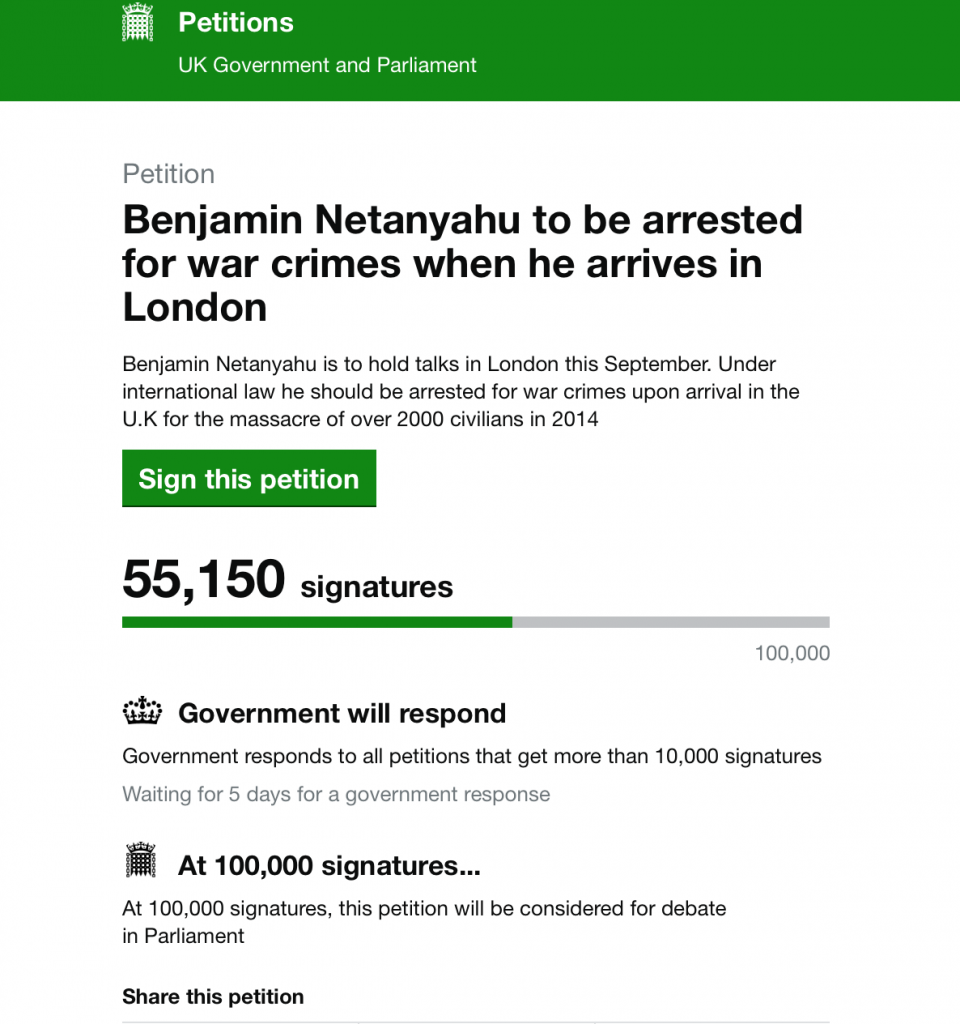



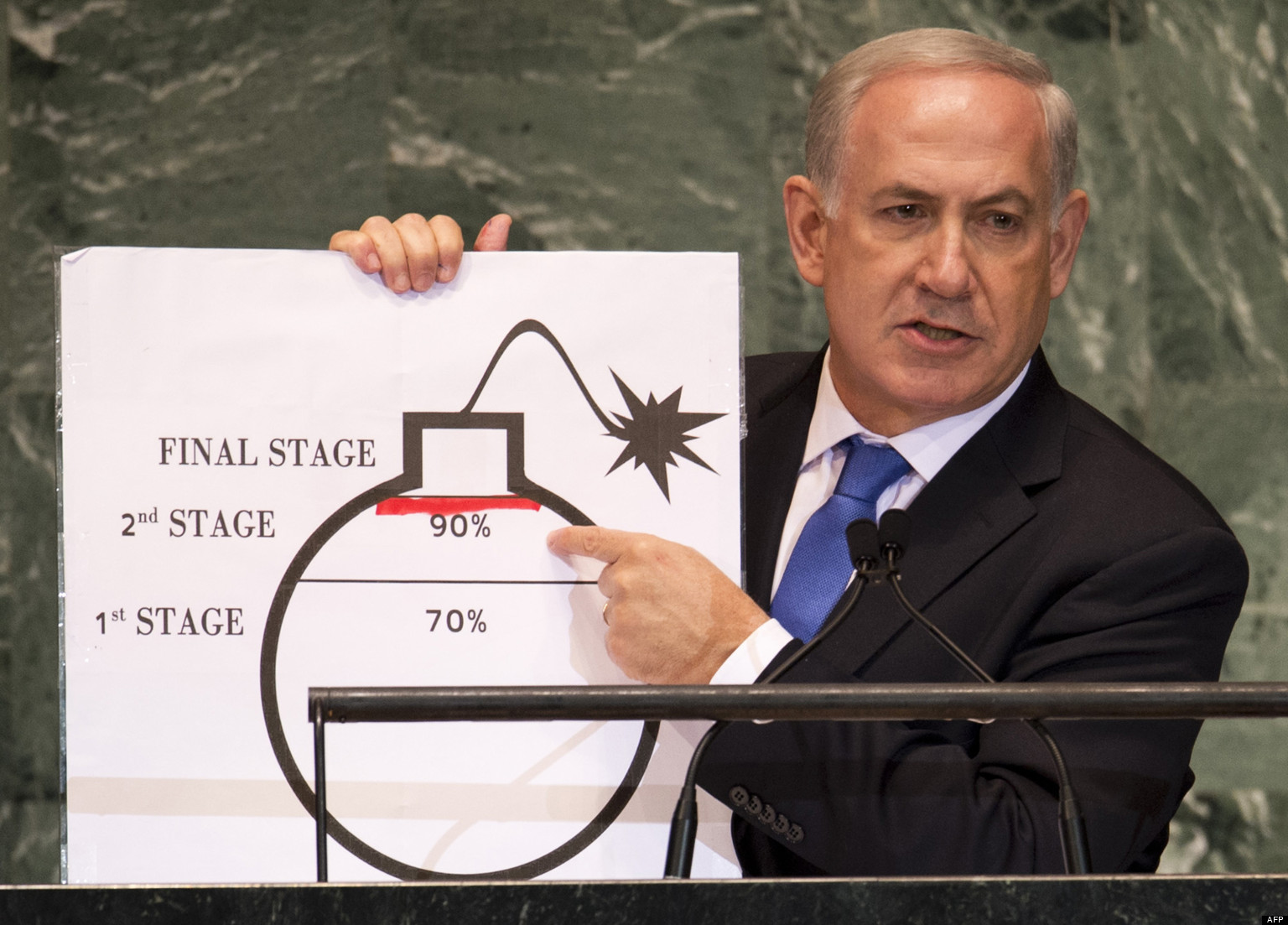








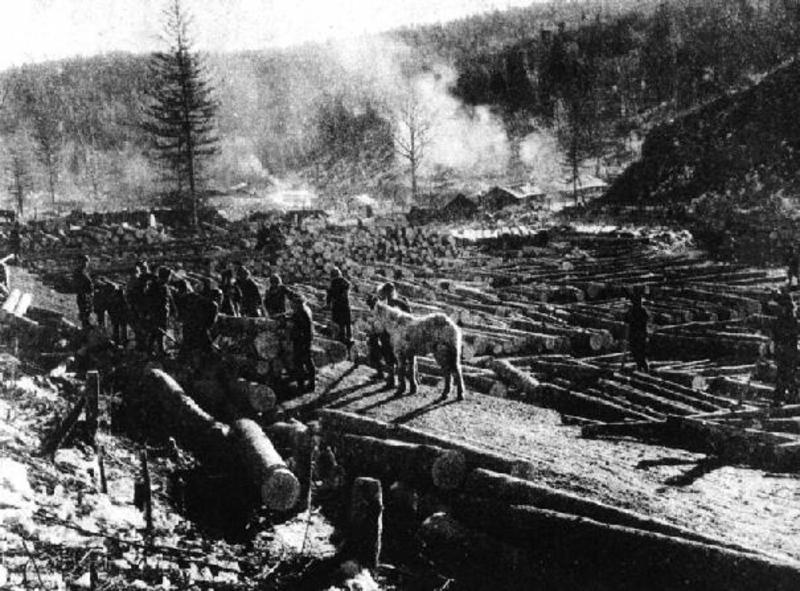






 Natalie Portman learned about the Rwandan Genocide when she visited a museum and was “shocked that while the Holocaust figured prominently into her education, a contemporary genocide did not”. The Rwanda Genocide was responsible for more than 800,000 deaths (according to the United Nations estimates) of the Tutsi and moderate Hutu tribes, mostly civilians. On April 6, 1994, an airplane was shot down carrying Rwandan president Juvénal Habyarimana and Burundian president Cyprien Ntaryamira killing all on board. The next day, the genocidal killings began. It was a mass genocide with Washington’s fingerprints. Washington wanted to assert itself in Central Africa by supporting the Rwandan Patriotic Front and the military branch, the Rwandan Patriotic Army (RPA) led by Major General Paul Kagame, former head of military intelligence of the Uganda Armed Forces. Kagame was trained at the U.S. Army Command and Staff College (CGSC) located in Ft. Leavenworth, Kansas. According to Michel Chossudovsky of Global Research explained in a May 2000 article ‘Rwanda, Installing a US Protectorate in Central Africa. The US was Behind the Rwanda Genocide’:
Natalie Portman learned about the Rwandan Genocide when she visited a museum and was “shocked that while the Holocaust figured prominently into her education, a contemporary genocide did not”. The Rwanda Genocide was responsible for more than 800,000 deaths (according to the United Nations estimates) of the Tutsi and moderate Hutu tribes, mostly civilians. On April 6, 1994, an airplane was shot down carrying Rwandan president Juvénal Habyarimana and Burundian president Cyprien Ntaryamira killing all on board. The next day, the genocidal killings began. It was a mass genocide with Washington’s fingerprints. Washington wanted to assert itself in Central Africa by supporting the Rwandan Patriotic Front and the military branch, the Rwandan Patriotic Army (RPA) led by Major General Paul Kagame, former head of military intelligence of the Uganda Armed Forces. Kagame was trained at the U.S. Army Command and Staff College (CGSC) located in Ft. Leavenworth, Kansas. According to Michel Chossudovsky of Global Research explained in a May 2000 article ‘Rwanda, Installing a US Protectorate in Central Africa. The US was Behind the Rwanda Genocide’:

